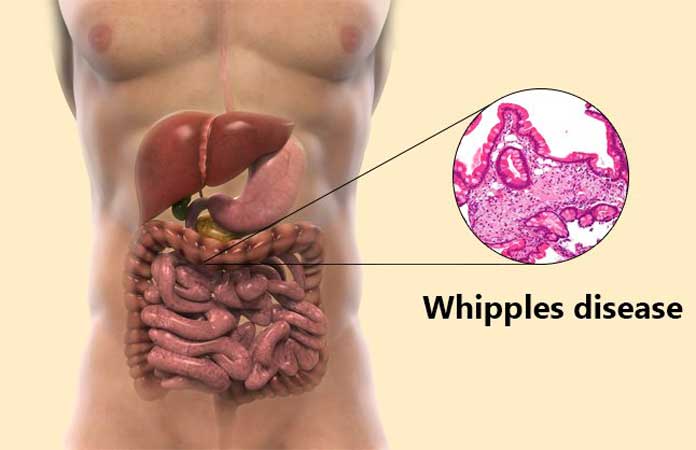Malaria is a common blood-borne disease in the world. It is caused by parasites that can be transmitted through the bites of infected mosquitoes. Though malaria is quite uncommon in most temperate regions and developed countries, it is still prevalent and even fatal in developing subtropical and tropical nations. If left untreated, the condition might be life-threatening and lead to many serious complications. Keep reading our guide to learn more about the exact causes, symptoms, and treatments for malaria.
Causes of Malaria
Mosquitoes
In most cases, malaria occurs when you are bitten by a female mosquito called Anopheles, which serves as a carrier or vector. These species carry the Plasmodium parasite which contributes to malaria infections. In general, there are four main types of parasites, including P. ovale, P. malariae, P. vivax, and P. falciparum. Anopheles mosquitos are often found in tropical areas, and it is just in those regions that the disease can be transmitted. Also, they would acquire the parasite when biting an infected person. To reduce the risks of infection, you need to sleep with a mosquito net to prevent them from penetrating and biting. [1]










